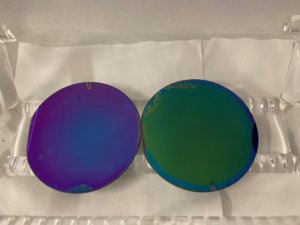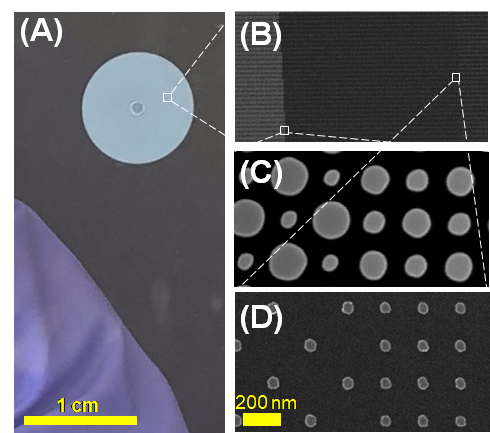Press Release
Physical Sciences Inc (PSI), has been awarded a research program from the National Institutes of Health /National Institute of Aging (NIH /NIA) to develop a novel technology that will non-intrusively monitor driver cognitive decline and/or high-risk driving behavior that is especially suited for seniors (aged over 65).
Contextual physiological biomarkers along with computer vision based drive quality measurements will be obtained through a cloud-based acquisition system. Real-time risk assessments that are measures of cognitive status will be performed on the cloud to provide comprehensive analysis on drive quality metrics for seniors with varying levels of cognitive impairment.
Assessment of a driver’s cognitive status requires the use of a complex monitoring platform that can be seamlessly installed into any automobile without interfering or adding complexity to driving. Therefore, PSI is developing a cloud-based, multi-modal routine cognitive/drive assessment system that combines a Smart Steering Sleeve (S3), which monitors physiological biomarkers, along with a Computer Vision (CV) system that provides contextual insight for biomarker changes and monitors a driver’s habits. The Cloud-based Computer Vision Smart Steering Sleeve (C-CVS3) sensor system will be capable of monitoring biomarkers such as heart rate, hand gripping force, and the presence of excessive sweat from the skin surface indicating stress levels affecting potential drive quality degradation that are also factors expected to be associated with cognitive impairment during critical events. Dash cameras provide temporal context including reaction times to unexpected hazards in addition to driver’s safety measures, such as staying within the lane, and maintaining distance to surrounding vehicles. The transmitted data to the cloud from both modalities will be used to derive cognitive/drive quality indices (QI) for driving risks that can be associated with increased stress levels, attention deficiency and/or cognitive decline in individuals.
This modality will result in an add-on adaptive platform in automobiles that gauges cognitive status/decline providing value to the auto insurance industry, RMV, as well as to the caregivers of the cognitively impaired patient apart from the individual himself to identify a quantifiable parameter before giving up driving or to seek additional cognitive diagnosis.
For more information, contact:
Dr. Nicusor Iftimia
Area Manager, Biomedical Optics Technology
iftimia@psicorp.com
Physical Sciences Inc.
Telephone: (978) 689-0003






